Writers houses turned into museums: Hardy, Brontes, Blixen, Gibbs
Thomas Hardy, May Gibbs, Karen Blixen … walk in their footsteps through houses with a literary lineage.
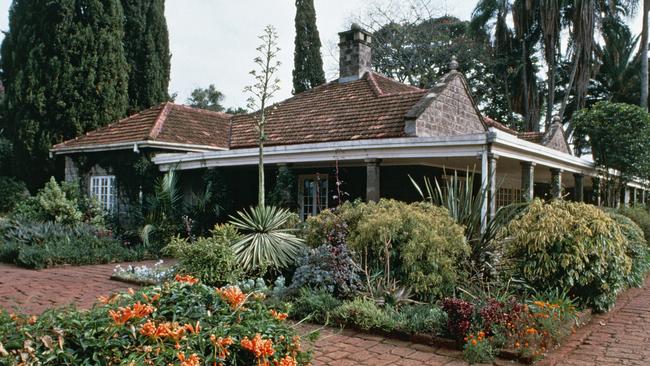
Karen Blixen Museum, Nairobi, Kenya
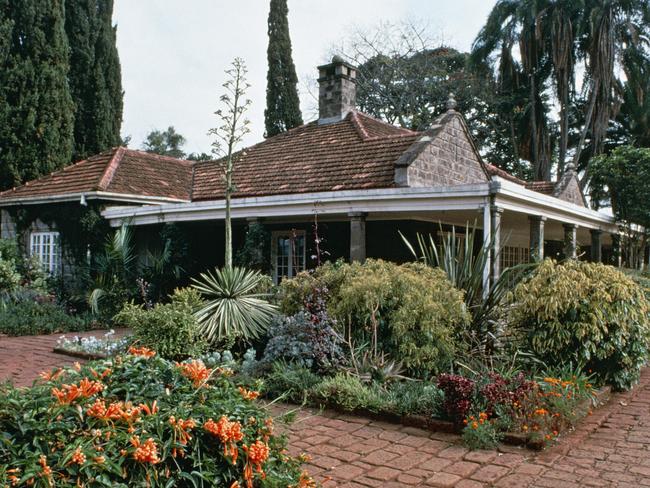
Here we have “the farm, in Africa, at the foot of the Ngong Hills”, immortalised in the memoir Out of Africa by Danish author Blixen, who lived in this coffee estate bungalow in the 1920s and ’30s with her husband Bror von Blixen. She stayed on after their divorce for another decade before returning to Denmark, and the Danish government, which had purchased the property, gave the estate to the newly independent Kenyan government in 1964. The museum-house, just 10km from Nairobi, in Karen, the district named in the writer’s honour, has been a consistently popular attraction since 1986, when it opened on the back of the success of the film version of Out of Africa. The low-slung building, with broad columned verandas, sits in well-tended lawns and contains a wealth of memorabilia but in this honouring of an independent woman’s life and legacy, there’s no escaping the irony her publisher insisted she use the male nom-de-plume of Isak Dinesen.
Read Shadows on the Grass (sequel to Out of Africa).
Stay Karen Gables; karengables.com.
SUSAN KUROSAWA
Margaret Laurence Home, Manitoba, Canada
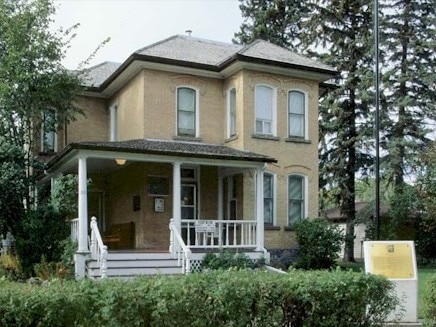
Think of Canadian female writers and Margaret Atwood is probably the first name that springs to mind. But there is another Margaret, revered in Canada for her depictions of life on the prairies through a woman’s eyes. Margaret Laurence was born in the unprepossessing town of Neepawa, Manitoba, in 1926. Following the death of her parents, she spent an unhappy childhood with her strait-laced grandfather in this two-storey dwelling from 1935-44. The house is no-frills apart from some lovely oak woodwork; upstairs is the author’s bedroom and a small nook she referred to as her reading room. It’s easy to imagine the solace she found in words during harsh Manitoba winters. Neepawa served as inspiration for the fictional town of Manawaka, which is at the heart of her five-novel cycle. Laurence’s many awards, letters, typewriter and trademark heavy-rimmed spectacles are on display. A heavy smoker, she was diagnosed with terminal lung cancer in 1986 and ended her life the next year. Her modest gravestone is in Neepawa cemetery, where the real stone angel referred to in her landmark novel stands.
Read The Stone Angel.
Stay Hotel Fort Garry, Winnipeg; fortgarryhotel.com.
PENNY HUNTER
Pablo Neruda, La Sebastiana, Valparaiso
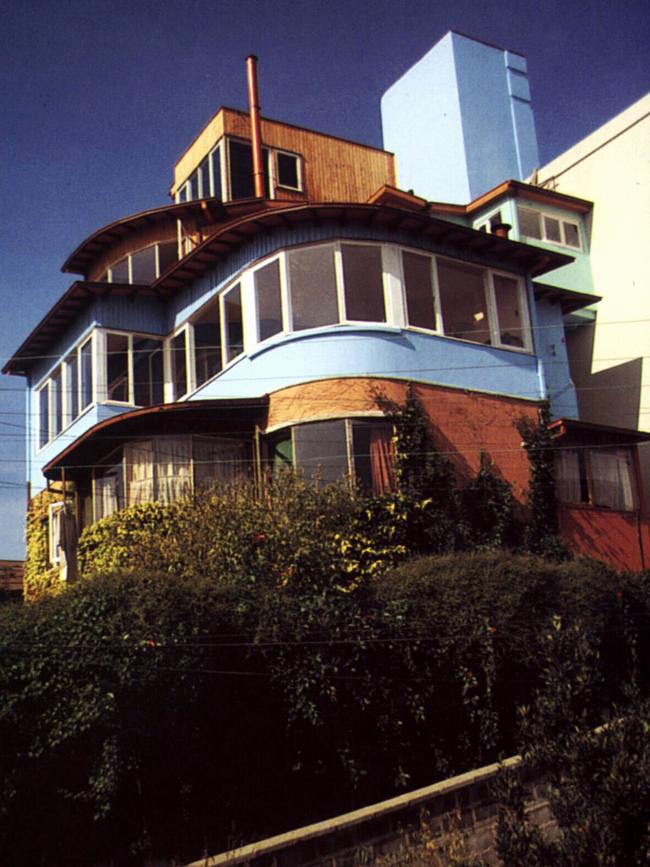
This most quirky of Chile’s Nobel laureate Pablo Neruda’s three homes looks like a ship about to set sail from Valparaiso, a town famous for its jaunty pastel-coloured houses. The tall house sits high, a dizzying maze of narrow staircases and idiosyncratic rooms with long ocean views through nautical-style windows. The audio tour includes many charming details, such as Neruda’s penchant for donning a disguise to serve drinks and his passion for conga chowder. The house is named for its builder, Sebastian Collao, who gave over the entire third floor to a bird cage; Neruda easily outdid such eccentric foibles by fitting La Sebastiana with a carousel horse, marine paraphernalia and stuffed birds. The gift shop stocks English-language volumes of his poetry.
Read Odes to Common Things.
Stay Hotel Casa Higueras; casahigueras.cl.
CHRISTINE McCABE
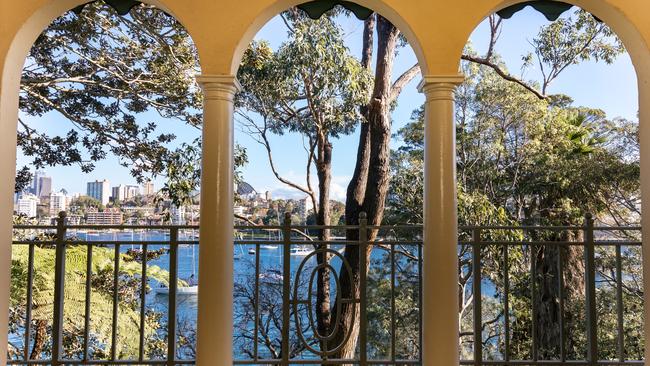
May Gibbs’s Nutcote, Neutral Bay, Sydney
Commissioned by May Gibbs and her husband from architect B.J. Waterhouse and finished in 1925, the cottage, overlooking the harbour, has the snug air and prettiness of a watercolourist’s studio and is surrounded by a flower-filled English garden and retained native trees. Small, convenient and charming was what she wanted, and Gibbs lived and wrote here until her death, age 92, in 1969. Signed first editions of her books are displayed, comic strips Gibbs drew for Sydney newspapers and postcards she designed for World War I Red Cross parcels, plus a gumnut-baby booklet found in the Proyart trenches, northern France, in 1918. Snugglepot and Cuddlepie, and their world of gumnut babies and evil Banksia Men, were ground-breaking for their Australian bush setting and are still in print.
Read The Complete Adventures of Snugglepot and Cuddlepie.
Stay Meriton Suites North Sydney; meritonsuites.com.au.
JUDITH ELEN
Thomas Hardy’s Cottage, Dorset
Nestled in the ancient wooded landscape that was the inspiration for Hardy’s fictitious Egdon Heath stands the evocative, thatched cottage at Higher Bockhampton, near Dorchester, where the author was born in 1840 and wrote his earliest poems and novels. Built by his great-grandfather, there are climbing roses around the front door in summer, an orchard and a riot of old-fashioned lupins, hollyhocks and honeysuckle. A kitchen dresser laden with blue crockery and fireplaces coated in two centuries of smoke provide nostalgic glimpses of times long gone. But it is Hardy’s desk, pens and lamp by the upstairs window overlooking the gardens that is imbued with creative magic; at this spot he wrote Far from the Madding Crowd and his serial novel, A Pair of Blue Eyes, credited with spawning the term “cliffhanger”.
Read The Mayor of Casterbridge.
Stay Melbury B&B, Dorchester; melbury-bb.hotels-dorset.com.
PAOLA TOTARO

Museo Hemingway Finca Vigia, Cuba
Just east of Havana, this colonial farmhouse on a hill, built in 1886, was Ernest Hemingway’s preferred writing redoubt in Cuba, and he lived here from 1939 to 1960. Myriad rooms, with tiled floors and airy proportions, were roamed by his beloved cats when the writer was in residence. The contents can be clearly seen through tall doorways and windows, including the expected hunting trophies, stacked bookcases and cluttered writing desk, complete with Corona portable typewriter, at which he wrote The Old Man and the Sea and much of For Whom the Bell Tolls. The home is in a reasonable state of repair after restoration by the Cuban government, which opened it as a museum in 2008. A short drive away, waterfront restaurant La Terraza de Cojima keeps a permanent table set up in Hemingway’s honour, overlooking the quay where he kept his fishing boat.
Read The Old Man and the Sea.
Stay Hotel Ambos Mundos, Havana; gaviotahotels.com.
SUSAN KUROSAWA
Dylan Thomas’s The Boathouse, Laugharne, Wales

Welsh poet and playwright Dylan Thomas (1914-53) spent the last four years of his life in Laugharne, a now-arty seaside town of about 1200 residents on the South Wales coast. As well known for his drinking and womanising as for his writing, Dylan lived with his wife and children at the boathouse (bought for him by a “besotted” patron) overlooking the Taf estuary. Strolling down its access lane, Dylan’s Walk, you’ll first come across the green “wordsplashed hut”, the writing shed where he was inspired to pen the poem Over Sir John’s Hill and some of his “play for words”, Under Milk Wood. The cosy house is filled with memorabilia and artworks and has a pleasant cafe terrace.
Read Collected Poems 1934-53.
Stay Brown’s Hotel, Laugharne; browns.wales.
VICTORIA TROTT
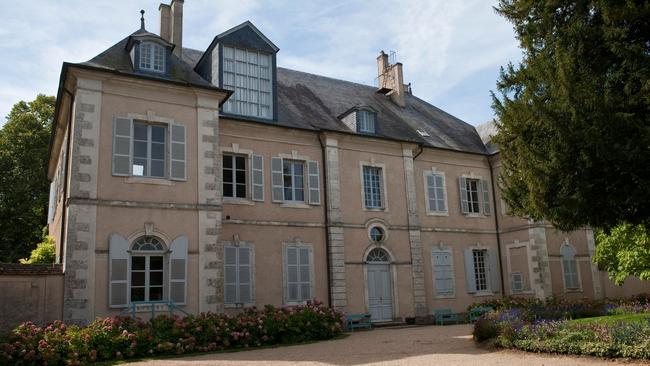
Maison de George Sand, France
This charming manor house, near the small town of La Chatre in central France, is where George Sand grew up and penned some of her most famous novels. It feels like a time capsule of early 19th century bohemian life. Born Amantine-Lucile-Aurore Dupin, feminist and socialist Sand famously wore men’s clothing and took a string of younger lovers, including Chopin. While guided tours are in French, even a rudimentary grasp of the language is enough to get the gist of life in this lively salon, where guests included Flaubert, Liszt and Delacroix. The kitchen features a ruinously expensive 1850s stove (purchased to make her cooks’ lives easier) and the handblown blue and lemon crystal glassware on the dining room table was a gift from Chopin. The composer’s upstairs sound-proofed room, where he created some of his most famous works, is unchanged.
Read La Petite Fadette.
Stay Chateau de Lalande; chateaudelalande.com.
CHRISTINE McCABE
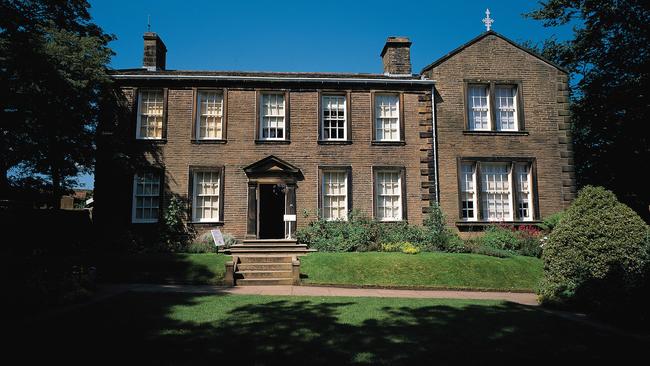
The Bronte Parsonage Museum, Haworth, Yorkshire
This Georgian house’s romantic setting and beautifully preserved period interiors are a moving window on to the world of the Bronte family. It was here, on the edge of the Yorkshire moors, that Charlotte, Emily and Anne spent most of their short but inspirationally productive lives, and over a few years in the 1840s wrote their much-loved novels. The former parsonage, which has served as a museum for almost a century, is a rich repository of Bronte memorabilia, with regularly refreshed displays of clothes, manuscripts and furniture, most notably Charlotte’s writing table. Ask at the onsite shop for details of walks through picturesque Haworth and out on to the moors that inspired the sisters’ writing, including Emily’s Wuthering Heights.
Read Jane Eyre by Charlotte Bronte.
Stay The Apothecary Guesthouse, Howarth; theapothecaryguesthouse.co.uk.
JEREMY SEAL
Maison de Jules Verne, Amiens, France
Although Amiens is now well known as the birthplace of French president Emmanuel Macron, the previous most famous resident of the city was Jules Verne (1828-1905), aka the “father of science fiction”. The prolific author, whose works included Around the World in 80 Days, lived in the workaday northern French city for the last 34 years of his life. From 1882 to 1900, at the height of his fame, Verne rented this grand house, now turned into a museum. The dining room retains the best original features but the second floor provides the most interest for fans to see where Verne worked and to walk on his giant map of the world.
Read Twenty Thousand Leagues Under the Sea.
Stay Une Maison en Ville; chambresdhotesamiens.com.
VICTORIA TROTT


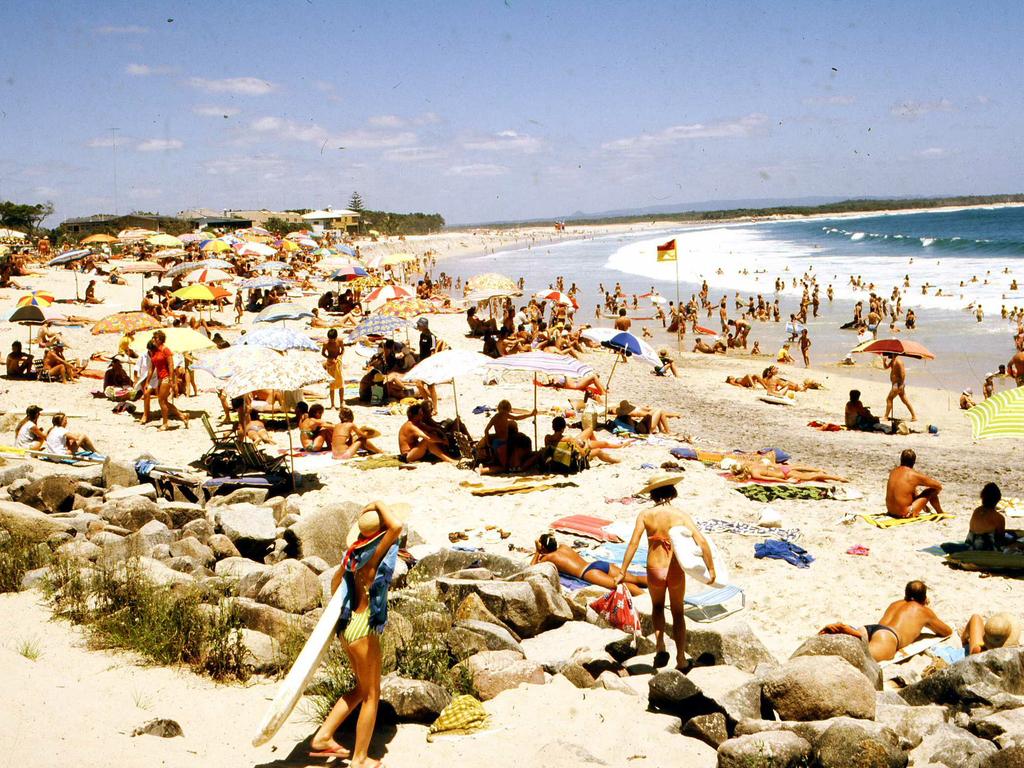
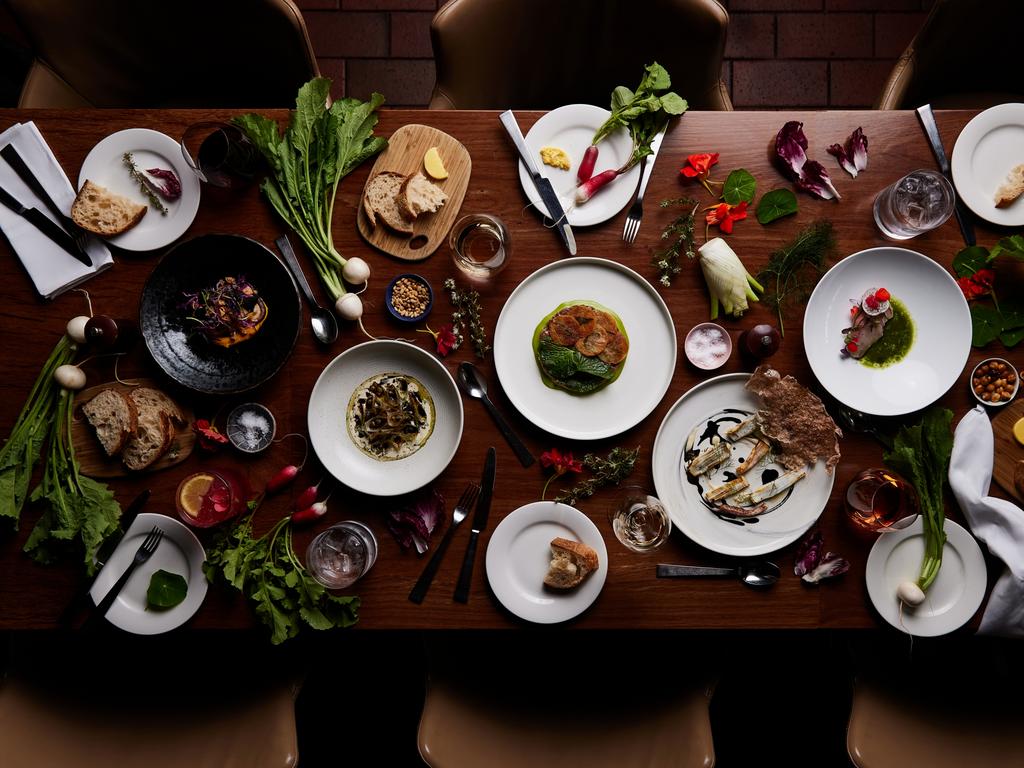

To join the conversation, please log in. Don't have an account? Register
Join the conversation, you are commenting as Logout